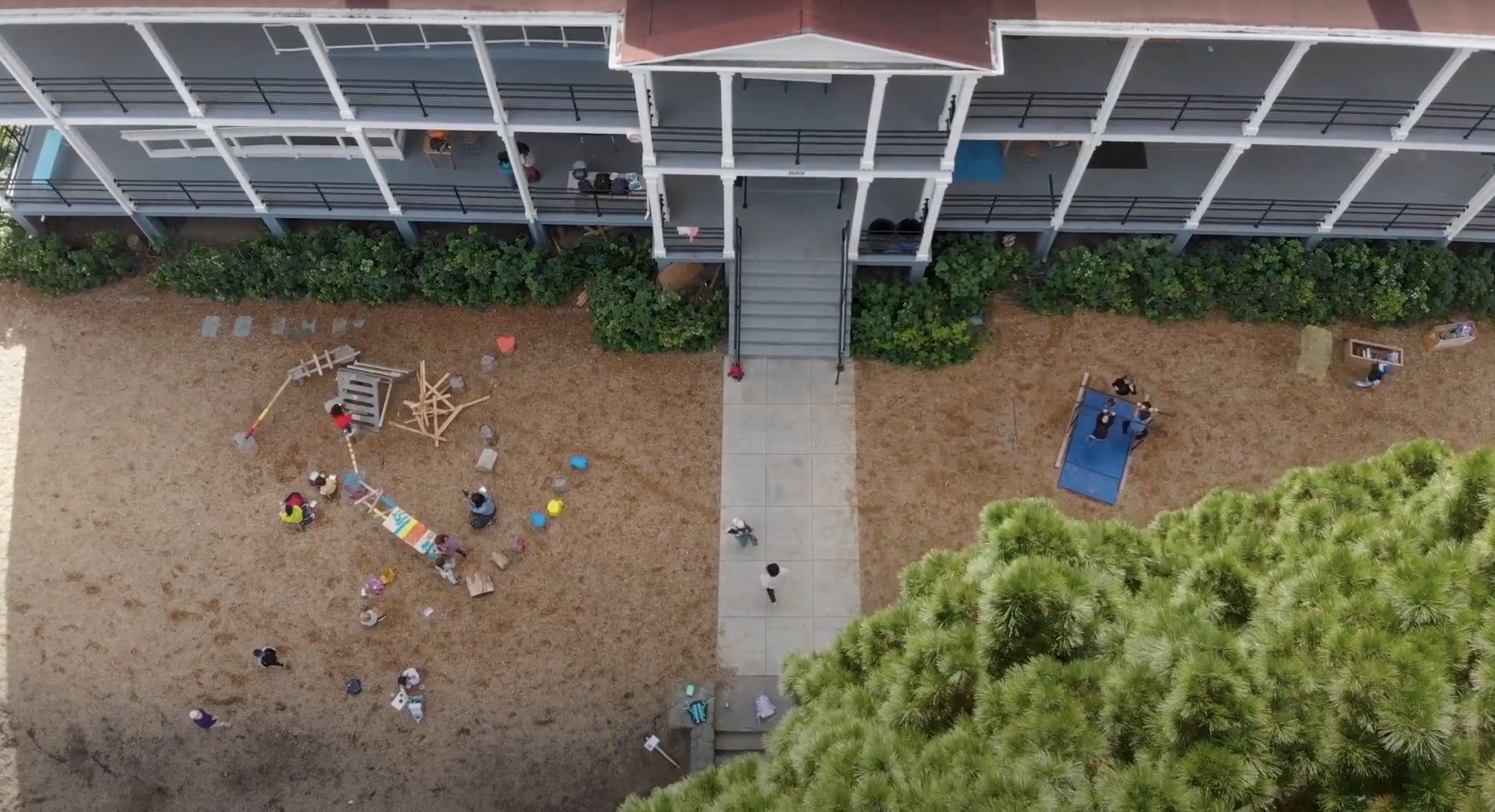Brightworks Blog
Brightworks is a flurry of activity and we are thrilled to share peeks into the lives of the students, our school and the community.
Follow along on social media too!
A look at Literacy in Early Elementary
A note from Mackenzie
on literacy
“Literacy is the tool we use as humans to find one another, so it must belong to everyone."
-Pam Allyn
A couple of years ago I decided to take up the ukulele. I remember how awkward I felt trying to contort my hands into the chords, my fumbling strumming patterns, the hours of practice and then the sheer delight when I was able to play my first song. This week, as I sat with the small literacy group I was working with, I was reminded of the frustrations and joys of learning the ukulele. That moment when all the separate sounds they had been practicing blended together into a word that the students recognized and could say with confidence was full of all the delight of that first song.
As students move from learning-to-read to reading-to-learn a whole world opens to them. It is so important that every child gets entrance to that world because it is how we connect with one another and build our autonomy. We know that students learn to read through connecting sounds (phonemes) to symbols (graphemes), practicing the sounds and symbols they know in decodable texts and being exposed to rich and engaging texts through read-aloud and project work. In previous years each of the lower school bands has taken on literacy independently, which led to collaborators having to meet the needs of a huge spread of abilities. This year our literacy program in lower school has taken a big step towards creating a more targeted and cohesive approach to literacy.
When we were researching how to improve our approach to literacy we had 3 criteria for choosing our approach. We wanted our program to be: meaningful, inclusive and fun! A meaningful program connects literacy to real work ensuring that there is context. An inclusive program means that anyone, regardless of the exposure to literacy they get at home or the learning differences they might have, can access reading. And finally, the program has to be fun to teach and learn for everyone. After researching and observing these programs in different schools, we chose two different approaches that we are using together along with all the embedded literacy that the day is already steeped in.
Three days a week the whole lower elementary school gathers together for Read Write Inc literacy time. They start with a read aloud and then break into small groups of 4-8 students for targeted literacy time. These groups work on learning letter sounds, blending words to read decodable texts and writing words and stories. The program has a set of fun decodable texts that allow students to expand their ability to read independently. The groups are created and reshuffled every 6 weeks based on an in program assessment that helps us track how they are moving through the skills of literacy. This approach of blending the bands so we can meet every student with just the right challenge level helps us to make sure we are inclusive in our approach.
In structured word inquiry (SWI) students come to words with a lens of curiosity. They examine how the parts of words, their origin and history come together to tell the story of what words mean, how they are spelled and how they relate to other words. Instead of memorizing all the spelling rules and exceptions students get to be researchers and understand why words are spelled the way they are. This year while our collaborator team is focusing on learning the Read, Write, Inc program we have an outside organization called Words in the Wild coming in to lead our students through structured word inquiry once a week. Our goal is to get to the point where our collaborators can seamlessly use this approach throughout the day when any vocab word surfaces through project work or explorations.
Our approach to literacy goes far beyond these skill-building times. Our entire days are steeped in literacy. It is in the morning meeting as students read the morning message, it is in the read-alouds we do for SEL and Anti-bias education, it is in the projects we undertake and the love notes we write. Our skill-building times that we do for Read Write Inc and Structured Word Inquiry just underline and enrich those times.
Already this year we’ve seen kids take great leaps in their literacy. We’ve seen the confidence and autonomy that comes from students feeling that pride in their work. We will be evaluating the success of the program with benchmarked assessments balanced with more subjective assessment of student engagement. We are excited about the evolution of this literacy program and what it means for the future of Brightworks.
By nurturing a love for language and providing equitable access to literacy, we are building a school where connections are forged, autonomy is cultivated, and the joy of learning resonates for every learner.


























